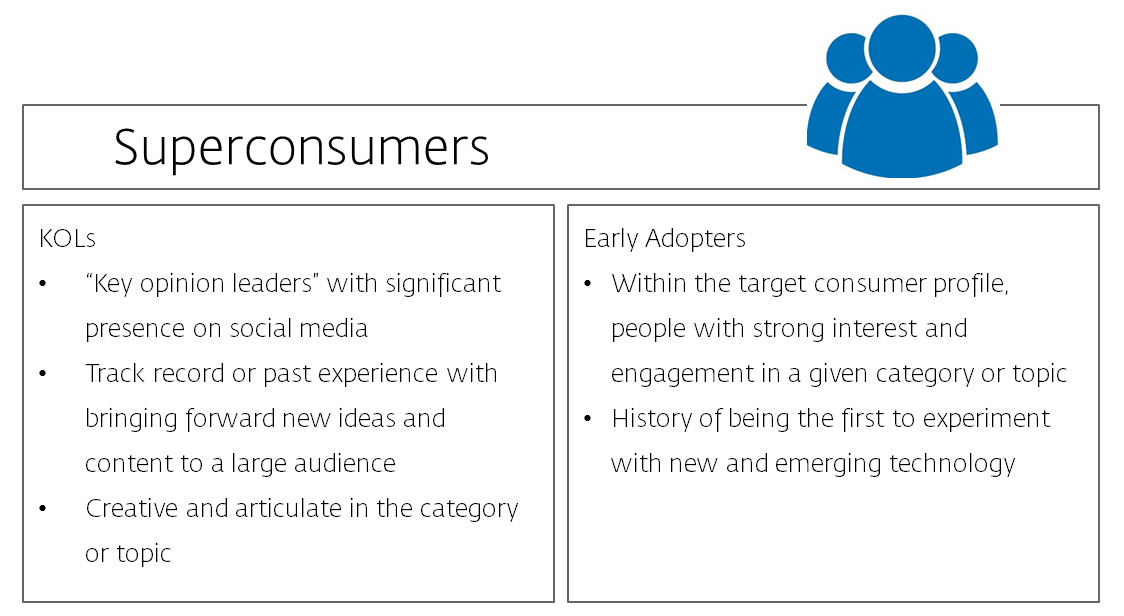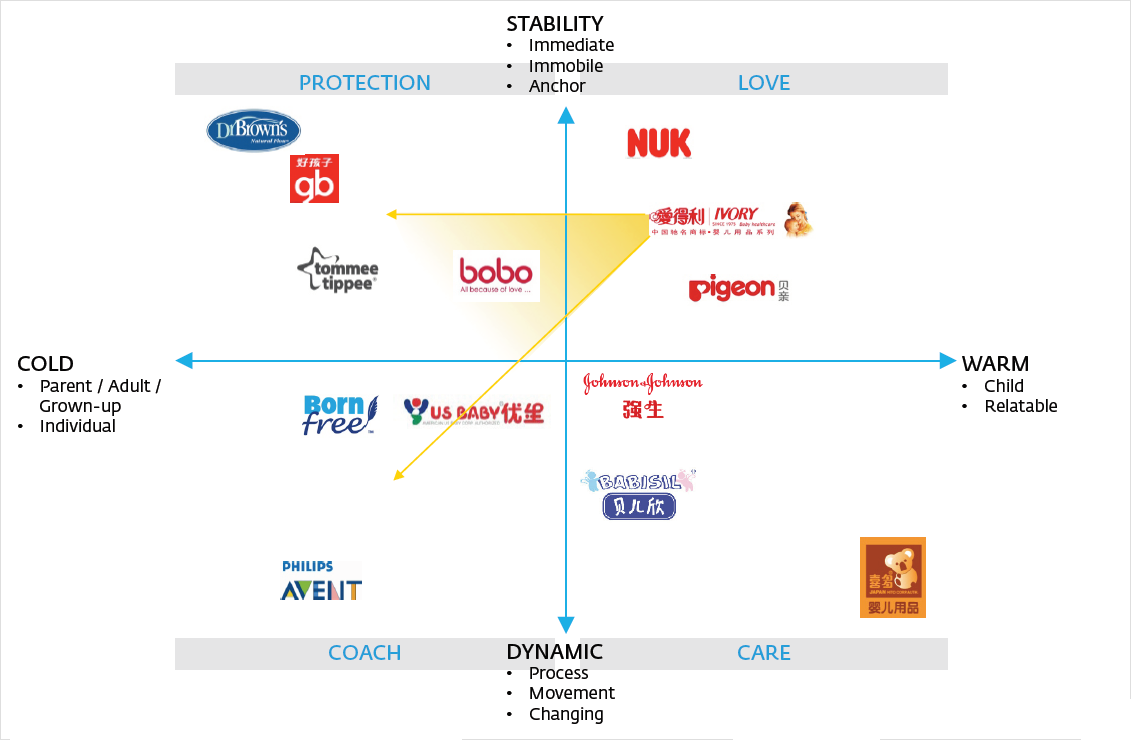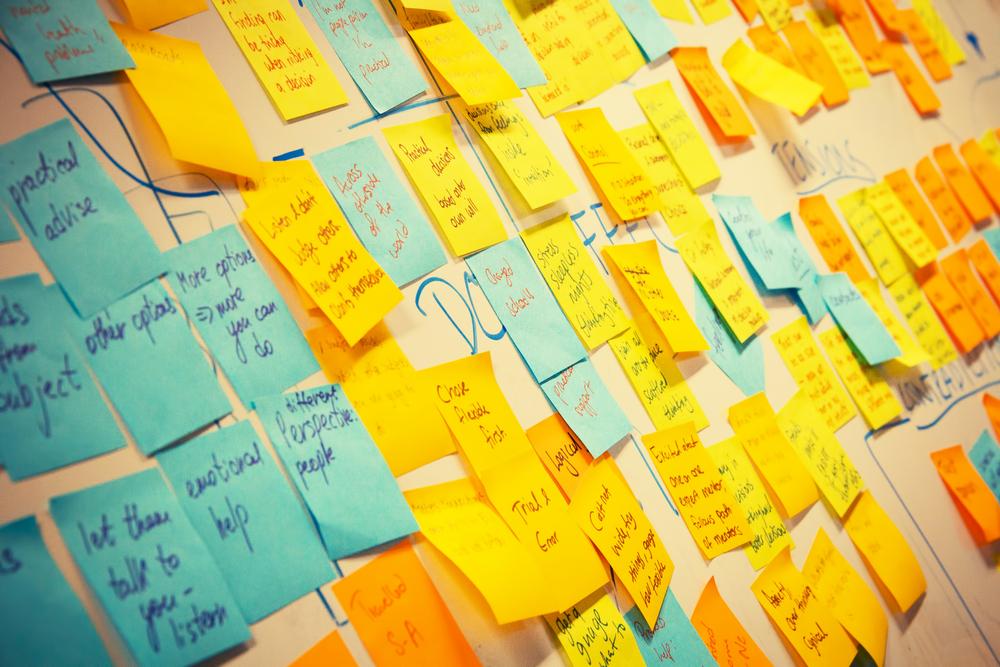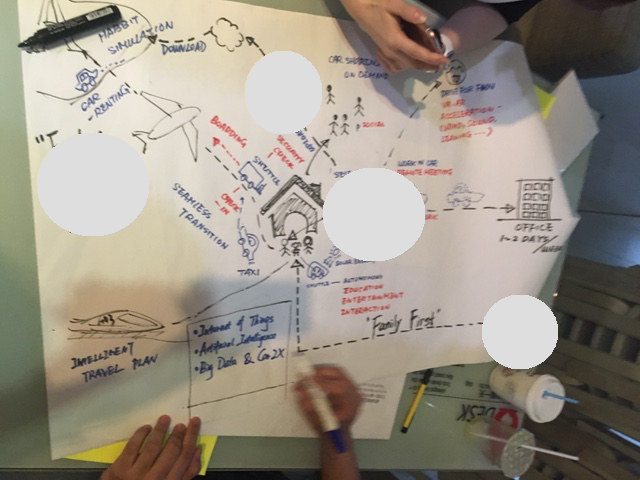

Workshops. They have been around for ages and used in companies for years, but are now elevated to a buzzword and even a must-have. Workshops can take different forms and achieve various objectives, and they do not always need to include sticky notes. While a team may hold a workshop for the sake of holding a workshop, they are most impactful when there is a clear challenge to solve. As with many things in marketing and branding, they are one part science and one part art. Let’s zoom in on Product Innovation Workshop: how to design them, how to deliver them, and how to best leverage this tool for agile product innovation.
A successful workshop results in the creation of new products or services, which enhances Brand Strength and unsettles the competition. Yet, as practitioners know, there is a lot that goes into a great workshop, such as insights, trends, people, place, and the power to implement.
Strong consumer and cultural insights lay the foundation for a productive workshop. A study can be carried out specifically to inform the workshop, or highlights from recent research can be compiled and presented during the session. The key is that consumer pain points and unmet needs are brought to the forefront, so that strategy and innovation ideas are developed that address them.
In addition to reviewing recent research, workshop attendees can participate in consumer home visits, “shop-alongs”, and other activities to become immersed in the market situation. “Superconsumers”, consumers who are highly engaged in a particular product category, can also attend some of the workshop sessions to “co-create” innovations.

In addition to observation and consumer immersion, there are complimentary methodologies that can bring additional or more in-depth analysis on cultural and category trends: for example, social media listening, semiotics/cultural analysis research, and inputs from industry experts such as academics, journalists, and scientists. By leveraging information on emerging trends to help forecast where the category is heading, concepts ideated during the workshop are based not only the status quo but also what lies ahead. It is critical that innovation workshops have insights on trends as the foundation for ideation and concept development – otherwise, the outputs are unlikely to be successful when they go to market and won’t stand the test of time.

These two ingredients may seem straightforward, but People and Place can make or break a workshop. In terms of people, it is most effective to have a cross-functional team involved to ensure all possibilities and constraints are taken into account. For example, a recent workshop for an FMCG brand benefited from having members from R&D, Consumer Insights, Marketing, and e-commerce teams.
When it comes to the place or the venue, it is usually better to hold the workshop off-site from the normal office environment, to help the participants put aside daily/operational concerns, remove their organizational hats, and get in the creative mindset. Often a venue that is bright, open, and spacious, with several areas suitable for small group sessions works best.

Lastly and perhaps most importantly, what comes after the workshop must be well understood: there needs to be a process for turning the ideas into reality. If the ideas lie unused, the workshop is not an effective use of time and money and can also be discouraging for the participants. Oftentimes workshops unleash employees’ energy and comradery and it is best to keep up the momentum for internal brand building, at the same time bringing new, profitable products to market.
Now that we know what elements contribute to an innovation workshop, we need to bring them all together to orchestrate a compelling and effective workshop experience.
Step 1: Prepare
The more comprehensive and detailed the workshop preparation is, the better the workshop experience and ultimately the results will be. This is a key area of collaboration between the client team and the agency providing the workshop, and the time required should not be underestimated!

The schedule is particularly important, as it facilitates a gradual flow towards the objectives as well as proper time management. Workshops can take anywhere from half a day to up to 3-5 days, depending on the depth of immersion and ideation. The workshop project team also needs to prepare supplies (yes, that can include sticky notes and coloured markers), stimuli materials, the plan for break-out groups, and more in advance to ensure a smooth delivery.
Step 2: Conduct
This is where the art comes in. You need skilled moderators that can break the ice, engage the participants, manage the time, and work toward the objectives. Sometimes multiple languages need to be accommodated. Using technology during the workshop can help facilitate dialogue and stimulate ideas, whether by enabling a live forum using a tool like sli.do or creating a WeChat or WhatsApp group for participants to share photos and comments real time.

After immersing in insights and trends, usually participants are asked to ideate broadly, and then hone in on several top concept ideas to develop them fully. It is advised to take copious notes, photos, video, and to have an illustrator or two involved to sketch ideas visually. Towards the end of the workshop participants can present their top concepts to the larger groups and an initial voting can take place. A detailed assessment of the concepts for feasibility in terms of manufacturability, brand fit, distribution, and more can take place post-workshop with a smaller core team.

Step 3: Consolidate
Often there can be hundreds of innovative ideas created during a workshop, not to mention the development of strategic platforms or territories, trends forecasts, or keyword maps that help the workshop team reach the final shortlist. These all need to be collected. The most important and precious output of the workshop will be in the form of concept boards as they feed directly into the next step of the innovation pipeline: Concept Testing.
After the workshop, the core project team selects a shortlist of concepts to be developed fully into stimuli for consumer testing. A combination of qualitative and quantitative testing is often used to assess the concept’s suitability across several dimensions. Based on the consumer feedback, the team can move forward with the product development in preparation for launch.
In certain categories such as FMCG, and especially in dynamic markets such as China, brands need to have an agile system in place for innovation. Whereas a 2-3 year innovation pipeline used to be the norm, we now see many Chinese companies able to put out new products every 6 months. (They are also quick to pull these concepts from the shelves if they are not taking off.) Yet, a super rapid churning out of new products can be seen as wasteful and can also be detrimental to brand perceptions. The answer likely rests in the middle ground: agile and strategic product innovation and introductions that are founded in insights and trends, and tested with consumers prior to full development and launch.
Innovation workshops are a great tool in this regard – they allow for much of the up-front research and internal development work to occur within a concentrated period of time. Also, by engaging cross-functional teams, the concept ideas are feasible from the perspectives of R&D and marketing. Brands can achieve even stronger synergies by working with agencies that are capable of managing the entire innovation process, from insights to workshop development and moderation, through to concept testing, identity development, and support for product launch.
It may be through a workshop that your brand discovers the next big thing!
A Labbrand Group Company © 2005-2024 Labbrand All rights reserved
沪ICP备17001253号-3To improve your experience, we use cookies to provide social media features, offer you content that targets your particular interests, and analyse the performance of our advertising campaigns. By clicking on “Accept” you consent to all cookies. You also have the option to click “Reject” to limit the use of certain types of cookies. Please be aware that rejecting cookies may affect your website browsing experience and limit the use of some personalised features.